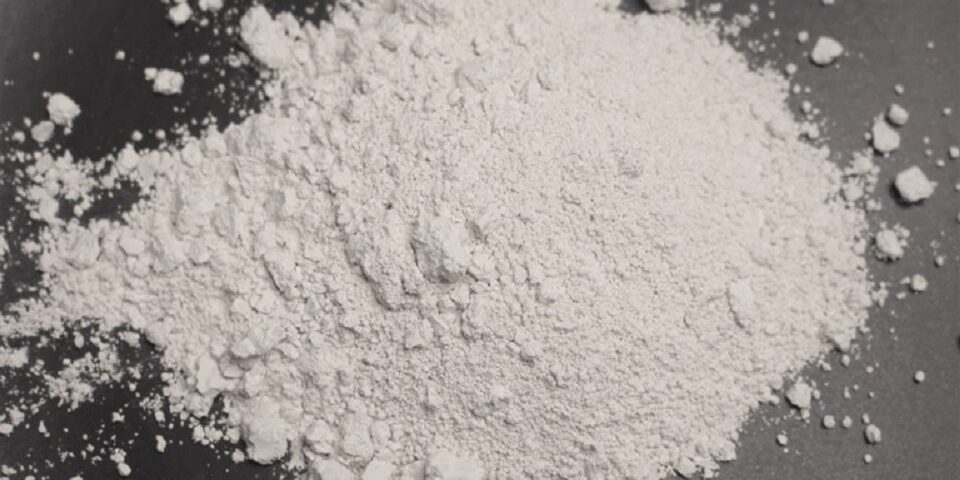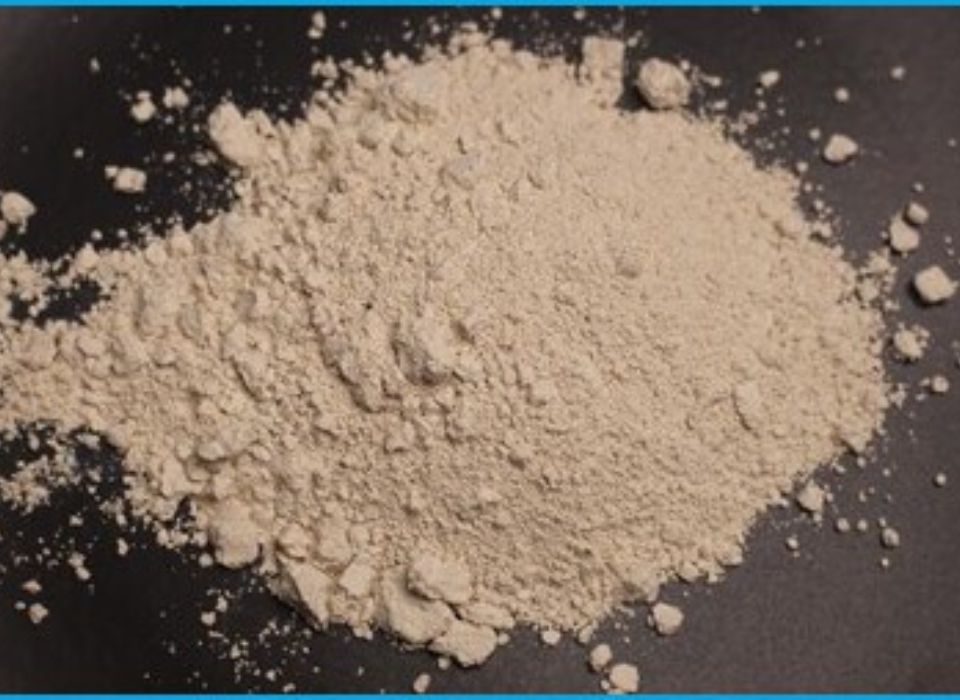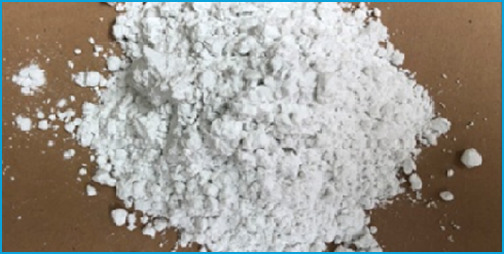
How long does diatomite last ?
July 10, 2023
How is diatomaceous earth safe for humans?
July 24, 2023Introduction
In the world of natural remedies and household products, baking soda and diatomaceous earth are two popular options known for their various applications. While they may share some similarities in appearance and usage, it is essential to understand that baking soda and diatomaceous earth are distinct substances with unique properties and benefits. In this blog post, we will delve into the characteristics of both baking soda and diatomaceous earth, highlighting their differences and explaining their individual uses.Baking Soda
Baking soda, also known as sodium bicarbonate, is a white crystalline powder with alkaline properties. It is derived from a naturally occurring mineral called natron and has been used for centuries in baking, cleaning, personal care, and even medicinal purposes.
a) Household Applications: It is widely used in the kitchen as a leavening agent in baking, where it reacts with acidic ingredients to produce carbon dioxide, causing dough or batter to rise. Its alkaline nature also makes it an effective cleaning agent, suitable for deodorizing refrigerators, removing stains, and unclogging drains.b) Personal Care Uses: Thanks to its gentle abrasive properties, it is an excellent ingredient for homemade toothpaste and deodorants. It can help neutralize odors, freshen breath, and provide a gentle exfoliation when used in skincare products.
c) Medicinal Purposes:It has been used for its antacid properties to relieve heartburn and indigestion. It can also be used as a soak for soothing skin irritations or as a paste to alleviate insect bites and stings. However, it is essential to consult a healthcare professional before using baking soda for medicinal purposes.
Diatomaceous Earth
Diatomaceous earth (DE) is a soft, sedimentary rock composed of the fossilized remains of diatoms, a type of hard-shelled algae. It is typically mined from ancient seabeds and processed into a fine powder that is rich in silica, minerals, and trace elements.
a) Household Uses:It has gained popularity as a natural insecticide, especially for controlling pests like ants, fleas, and bedbugs. The microscopic sharp edges of the diatomaceous earth particles scratch the protective exoskeletons of insects, leading to dehydration and eventual death. It can be used indoors or outdoors in areas prone to infestations.b) Gardening and Agriculture: DE is also used in gardening and agriculture as a natural pest control method. Its abrasive texture is effective against slugs, snails, and various garden pests. Additionally, when applied to soil, diatomaceous earth can improve its structure, drainage, and nutrient absorption.
c) Food Storage: Diatomaceous Earth Food Grade is an FDA-approved substance and is commonly used as a natural food preservative. Its porous structure allows it to absorb moisture, preventing the growth of mold and preserving the freshness of stored grains, legumes, and other dry foods.
Differences between Baking Soda and Diatomaceous Earth
a) Composition: Baking soda is primarily composed of sodium bicarbonate, while diatomaceous earth is composed of fossilized diatoms, silica, and trace minerals.b) Function: Baking soda primarily acts as a leavening agent in baking and as a cleaning and deodorizing agent. Diatomaceous earth, on the other hand, is primarily used as an insecticide, pest control, soil amendment, and food preservative.
c) Mode of Action:Baking soda reacts chemically with acids, releasing carbon dioxide and causing dough or batter to rise. Diatomaceous earth works physically by mechanically damaging the exoskeletons of insects and absorbing moisture from their bodies.
Conclusion
In summary, while baking soda and diatomaceous earth may appear similar, they are distinct substances with different properties and applications. Baking soda finds its utility in baking, cleaning, and personal care, while diatomaceous earth is primarily used as a natural insecticide, soil amendment, and food preservative. Understanding the differences between these substances will help you make informed decisions about their uses in your everyday life. Incorporating them into your routine can provide natural and eco-friendly alternatives to various household and personal care needs.




